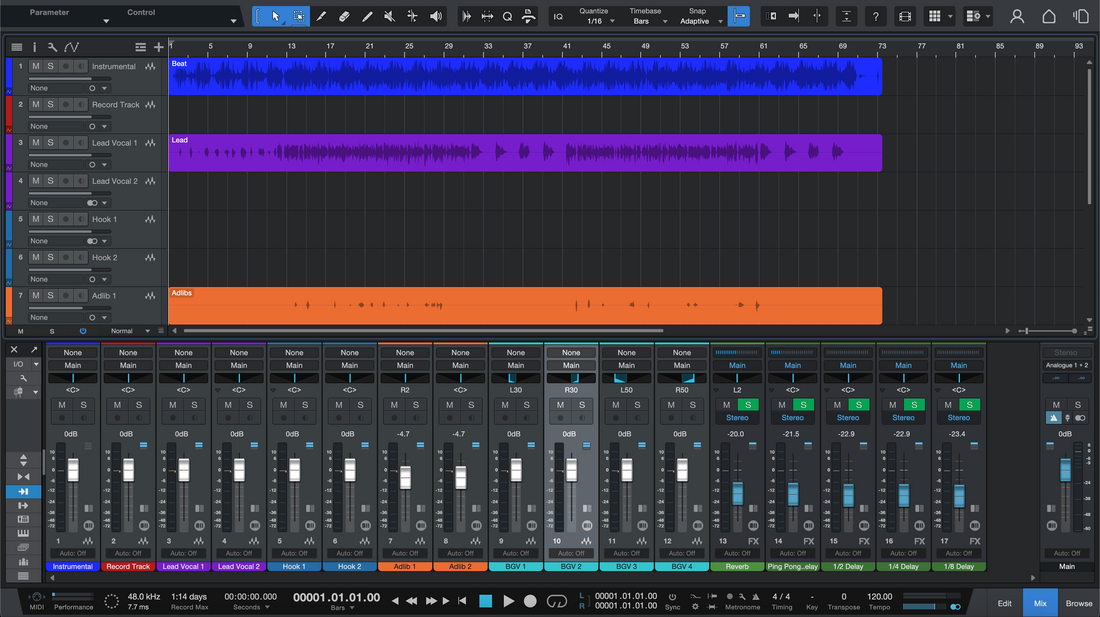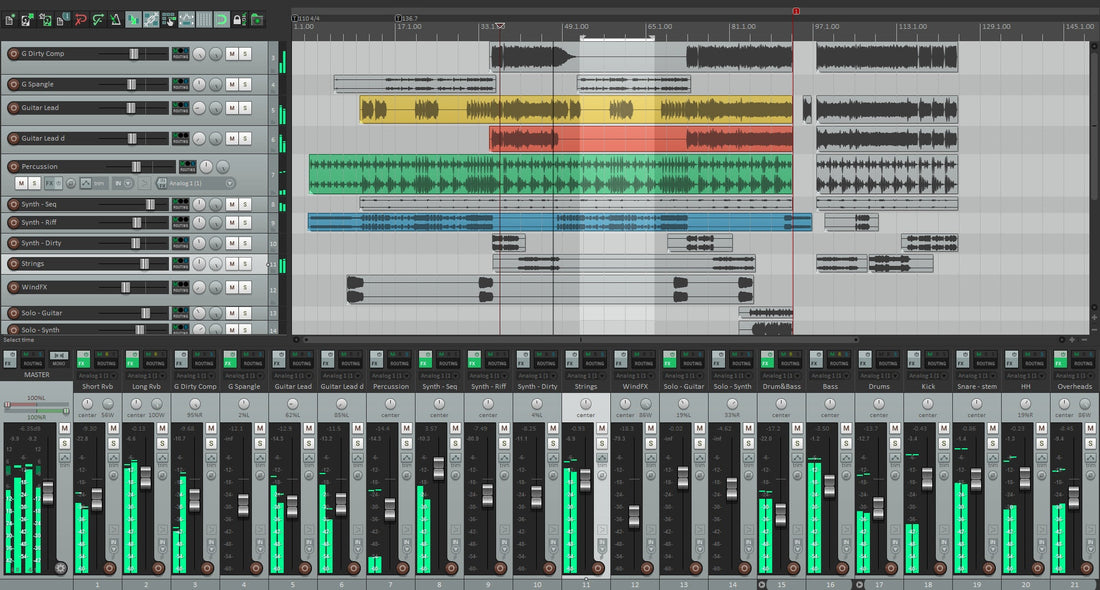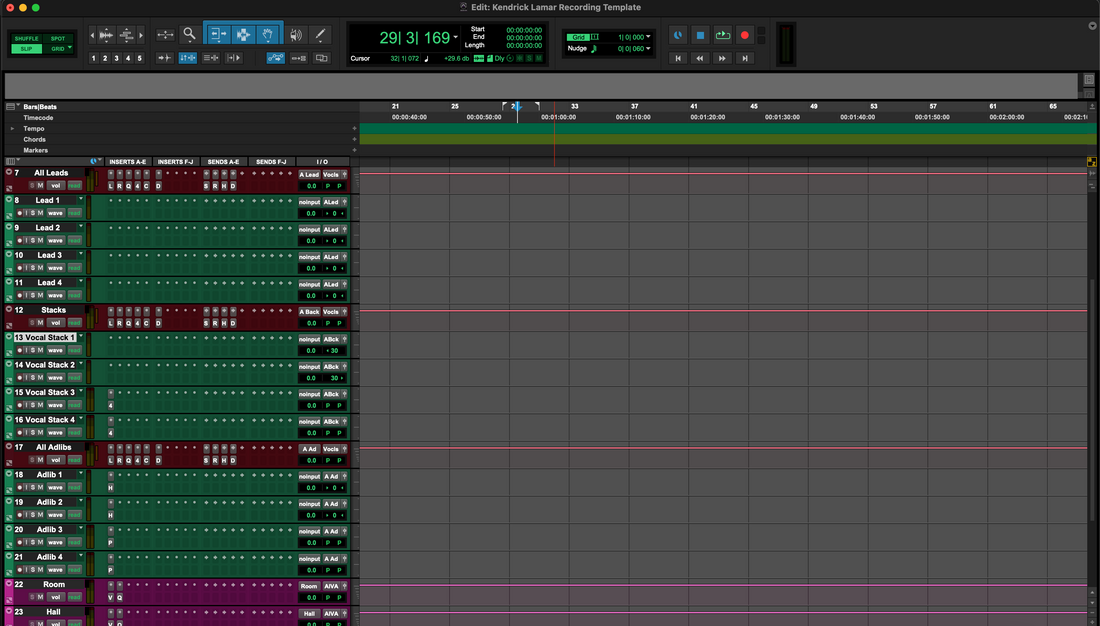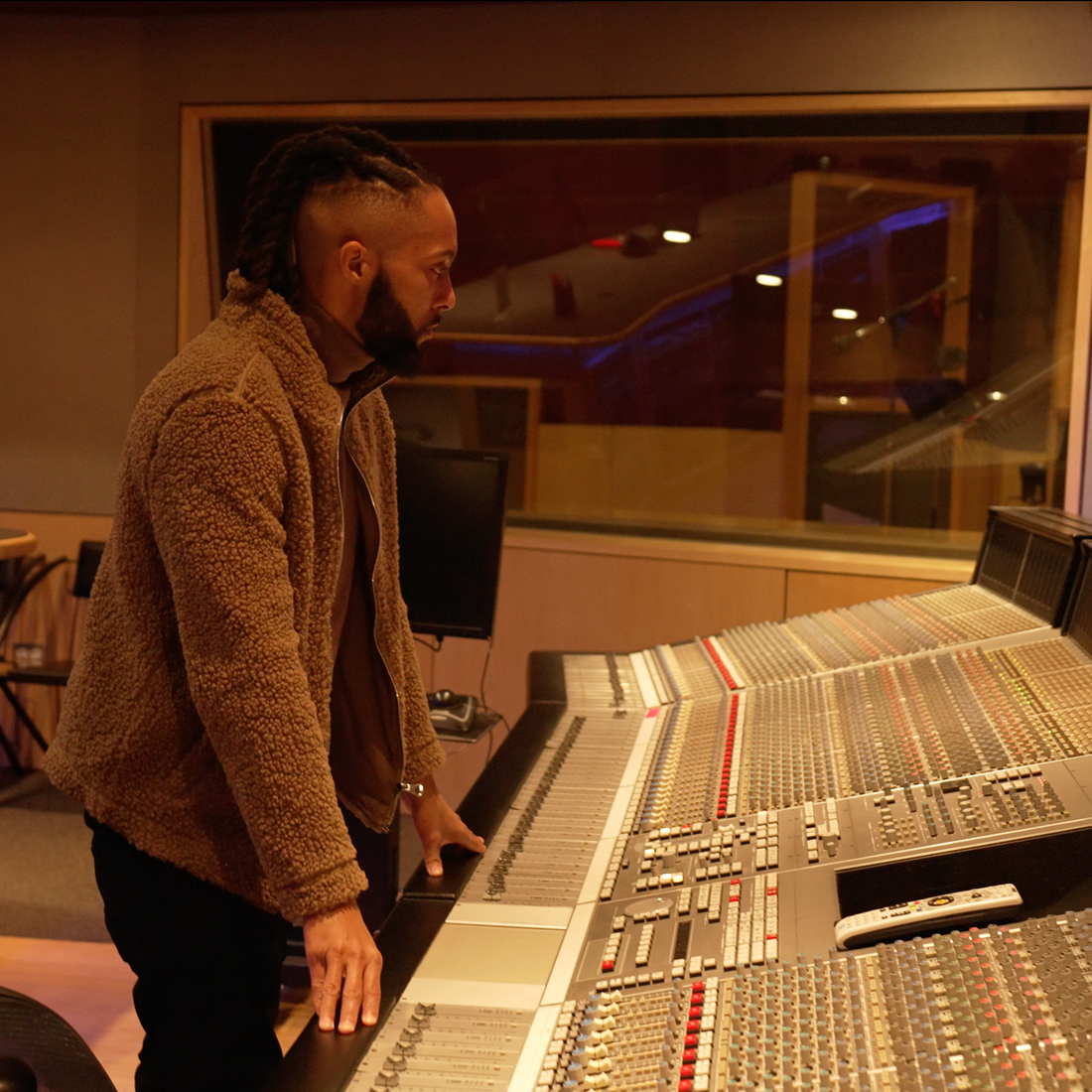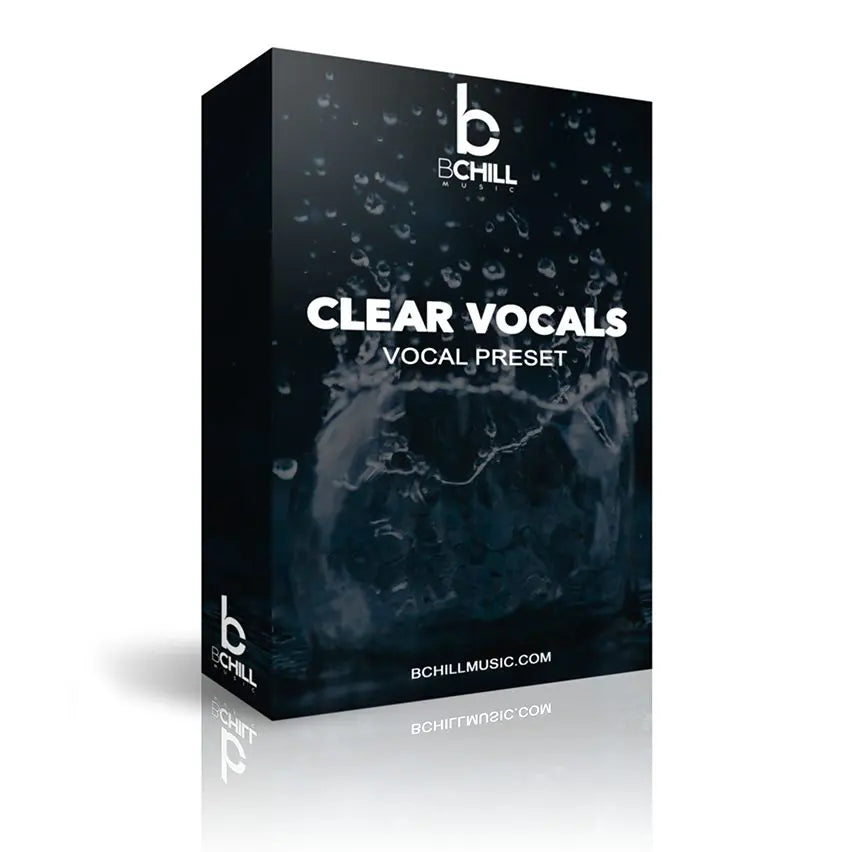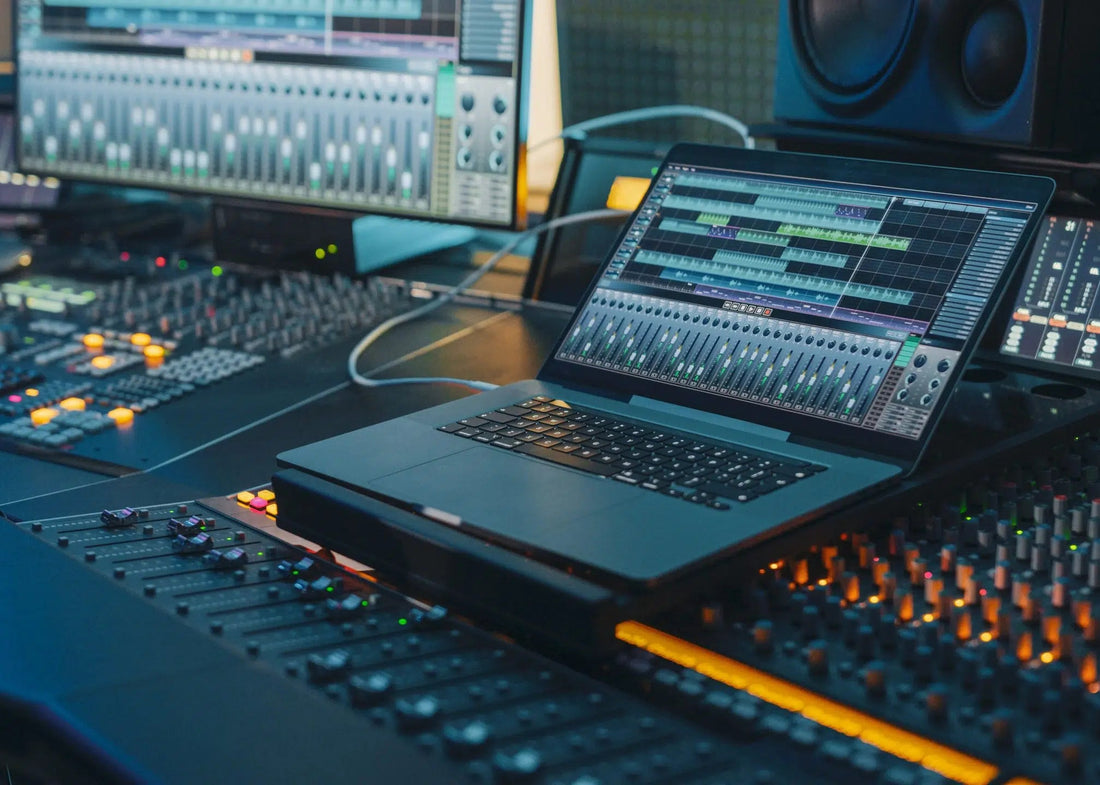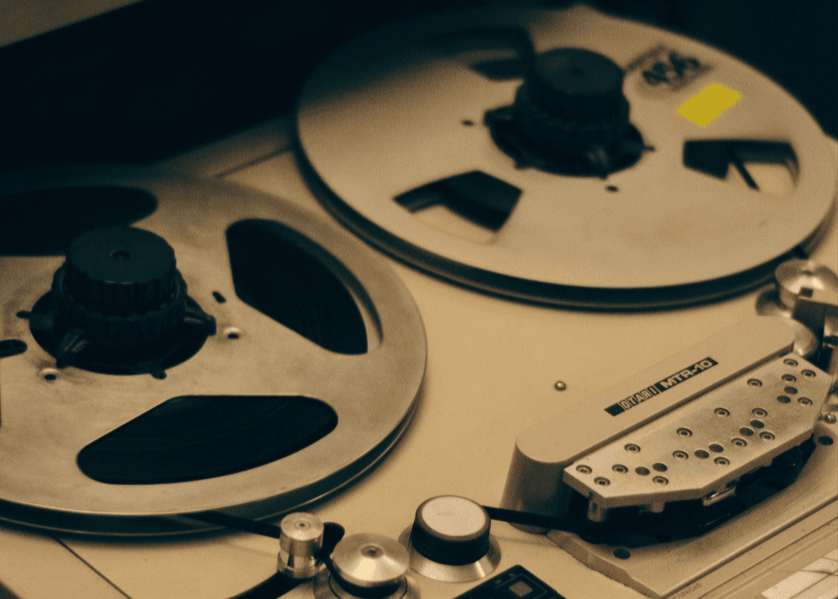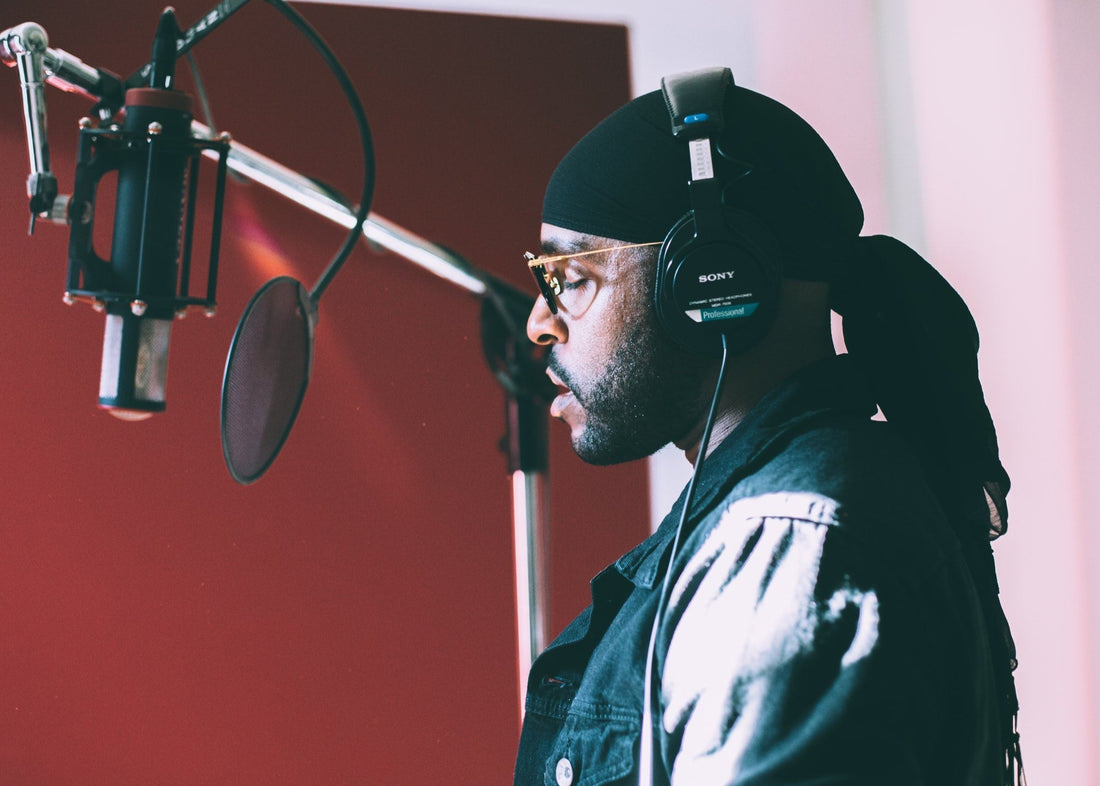Ava Max’s sound is bright, confident, and anthemic. The lead sits forward with silky air, stacks bloom wide, and hooks feel larger than life without harshness. This guide shows you how to capture that tone, arrange layers, build a clean chain, and shape space that lifts choruses. For a fast head start, audition modern pop vocal presets and then fine-tune thresholds, attack times, and send levels to your voice and mic.
I. The target profile: sparkle, control, and lift
Pop vocals need clarity at low volume and excitement at high volume. Consonants must be readable on earbuds. Air should feel glossy, not brittle. Low-mids stay lean so synths and kicks breathe. Your center image is firm in mono; the size comes from harmonies, doubles, and time-based FX—not from widening the lead itself.
- Presence lane: 2.8–4.2 kHz for diction; smooth with broad de-essing.
- Air window: 10–12 kHz lift after sibilance is calm; keep it subtle.
- Body band: 120–180 Hz adds authority; avoid 250–350 Hz haze.
- Hook lift: width and shimmer arrive on the chorus only; verses stay tighter and drier.
II. Recording recipe: bright pop without harshness
Mic placement. 15–20 cm behind a pop filter; set the capsule slightly above the lip line and angle 10–20° off-axis if your mic is bright. This softens S’s and tames plosives before they hit the chain.
Input level. Track raw peaks around −12 to −8 dBFS. Leave compression for the mix; transient shape is valuable.
Takes & comping. Capture a confident main. Record precise doubles for key words only. Add two harmony passes (one above, one below) for hooks, plus a whisper layer for texture if it fits the song. Label takes by role so edits stay fast.
Retune strategy. Hooks can take a quicker speed; verses benefit from moderate settings with formants preserved and humanize/transition smoothing long vowels.
III. Session map: lanes for pop stacks and lift
Set up lanes so you can build size intentionally, not by accident.
- Lead — central performance; automation focus.
- Doubles (L/R) — tight unisons on selected syllables; micro-panned.
- Harmonies (Hi/Lo) — softer and wider than doubles; filtered low-mids.
- Whisper/Texture — breathy layer for choruses; high-passed and band-limited.
- Ad-libs (A/B) — short phrases, responses, and lift lines.
- Vocal Bus — light glue and shared de-ess.
- Beat Bus + Sub Rail — for synth/drum shaping and 808/low-end control.
IV. Core chain: shine without sting
Use minimal, musical moves. Let layers and rides create the drama.
- Pitch control. Key/scale set; verses moderate, hooks faster; preserve formants; enable humanize/transition so slides feel natural.
- Subtractive EQ. HPF ~80–100 Hz. If the booth adds “box,” dip 250–350 Hz wide (−1 to −2 dB). If nasal, a narrow notch near 1 kHz. Save boosts for the end.
- Compressor A (shape). 2:1–3:1, attack 15–35 ms, release 80–160 ms or auto. Aim 3–5 dB GR on phrases; let consonants breathe.
- De-esser (broad). Start 6–8 kHz; set range by what you hear on earbuds. Avoid “lispy” artifacts.
- Color (low mix). Tape/transformer/triode at 5–10% blend for density. Match output so loudness doesn’t bias choices.
- Compressor B (safety). Faster action catching 1–2 dB peaks; stabilizes sends and supports steady center imaging.
- Polish EQ. If diction still hides, +0.5–1 dB at 3–4 kHz (wide). Add a tiny 10–12 kHz shelf only after de-essing.
V. Hook architecture: octave stacks, whispers, and lifts
Doubles. Use on target words or ends of lines. HPF slightly higher than the lead; add a touch more de-ess; tuck 6–9 dB under. Micro-pan L/R for width without chorus artifacts.
Harmonies. Record one above and one below. Pan wider than doubles. Filter low-mids to keep the mix clear. A gentle 5 kHz boost (0.5–1 dB) on harmonies can add shimmer while leaving the lead smooth.
Whisper layer. Very high-passed (e.g., 250–300 Hz) with a small air lift; ride it up only in the chorus to add excitement without volume.
Lift lines. Short ad-libs or breaths that push into the hook. Keep them narrow-band and side-panned so they don’t compete with the lead.
VI. Space design: radio polish without wash
Mono slap. 90–120 ms for immediacy; filter return to ~150 Hz–6 kHz. Automate a small send bump on bar-entry words.
Tempo echo. 1/8 or dotted-eighth with low feedback. Add sidechain ducking from the lead so repeats bloom in gaps. Pan occasional throws opposite a harmony for interest.
Pop plate. Bright, short plate (0.7–1.0 s) with 20–50 ms pre-delay. Always HPF/LPF returns. Keep verses drier and let the chorus open slightly.
Stereo sense without smear. If you need extra width in the chorus, place it on harmonies and reverb returns, not on the lead insert. The main voice should remain mono-strong.
VII. Living with bright synths and hard kicks
Presence window. On the Beat Bus, insert a dynamic EQ keyed from the lead to dip 2–4 kHz lightly while the singer performs; release quickly so synth hooks recover between phrases.
Kick and bass. If syllables vanish under low-end tails, apply a keyed low-shelf reduction at 120–180 Hz on the Sub Rail when the vocal is active. Keep moves subtle to avoid pumping.
Top-end hash. For cymbal/hat glare, try a narrow M/S dip around 9–10 kHz on the sides only; keep center brightness for diction.
Mono translation. Verify the lead remains solid when the mix collapses to mono. Width should come from stacks and FX, not from the center lane.
VIII. Micro-automation: polish that sells the hook
- Vocal rides. ±0.5–1 dB into downbeats; lift pre-chorus end-phrases 0.3–0.7 dB to cue the hook.
- De-ess threshold moves. Loosen by 1–2 dB on dark words; tighten for bright vowels.
- EQ swells. A brief +0.5 dB wide boost at ~3.5 kHz on a single word can spotlight meaning without pushing overall brightness.
- Saturation scenes. Slightly more color on doubles than the lead to keep the center clean.
- FX choreography. Raise slap on entry words; cut it during dense consonants; reserve long throws for section transitions.
IX. Troubleshooting quick map
- S’s are sharp. Widen the de-ess band; lower any air shelf by 0.5 dB; low-pass delay returns to 6–7 kHz.
- Hook feels small. Ease the doubles’ HPF a few Hz; add +1 dB at 160–200 Hz (wide) on doubles; ride harmonies +0.5 dB in the chorus only.
- Whisper layer hisses. Narrow its bandwidth further and add a tiny transient shaper to keep shape without extra top end.
- Beat clouds the lead. Tighten the keyed 2–4 kHz dip on the Beat Bus; verify short release so synths bounce back between syllables.
- Retune sounds robotic in verses. Slow speed; increase humanize; confirm formants are preserved.
- Phones sound thin. Add a very gentle +0.5 dB wide boost at 150–170 Hz on the lead; ensure the Sub Rail isn’t over-ducking.
X. Two ready-to-tweak chains
Stock-only path (any major DAW)
- Pitch correction: key/scale; verses moderate, hooks faster; humanize; formants on.
- EQ: HPF 90 Hz; wide −1 to −2 dB at 250–350 Hz if boxy; narrow notch near 1 kHz if nasal.
- Comp A: 2:1–3:1; attack ~20 ms; release ~120 ms; 3–5 dB GR on phrases.
- De-ess: broad band around 6–8 kHz; tuned by earbuds.
- Saturation: light tape/transformer at low mix; output matched.
- Comp B: faster, catching 1–2 dB peaks; keeps sends steady.
- Polish shelf: micro 10–12 kHz lift only after de-essing, if the mic is dark.
- Sends: mono slap 90–110 ms; 1/8 or dotted-eighth delay with ducking; short bright plate for hook lift.
Third-party flavor (example)
- Auto-Tune/Melodyne by section; formants preserved.
- Dynamic EQ (Pro-Q-style): HPF; dynamic notch at 250–300 Hz when booth bloom appears; optional narrow notch near 1 kHz.
- Opto comp (LA-2A-style) for smooth body; output matched.
- Resonance control (Soothe-style) lightly in 4–8 kHz only if edgy.
- 1176-style comp for fast peak catching (1–2 dB GR).
- Air EQ (Maag-style) micro +0.5–1 dB at 10–12 kHz if needed.
- FX: EchoBoy slap + dotted-eighth; bright small plate; optional whisper bus with band-pass and a slow auto-pan for chorus texture.
XI. Delivery & versions: pass QC on the first upload
During the mix. Leave headroom. Keep mix peaks near −3 dBFS; avoid brickwall limiting on the mix bus. True-peak safety happens at the final stage.
Print list. Stereo WAV, 24-bit at session rate. Export aligned alternates from bar 1 with tails: Main, Clean, Instrumental, A Cappella, and TV Track. If you collaborate with Logic users, this Logic Pro stem export guide keeps handoffs consistent and fast.
Finalization. To lock loudness, tone, and platform safety across versions, finish with radio & streaming pop mastering.
XII. Final word: bright, bold, and controlled
Ava Max’s blueprint is modern pop confidence—sparkle up top, clean low-mids, and choruses that open wide without losing the center. Keep processing modest, put width into stacks and FX, and choreograph small rides that sell each line. If you want a trusted partner to shape balances and automation while you focus on songwriting and performance, book chart-ready pop mixing and ship records faster with consistency.





